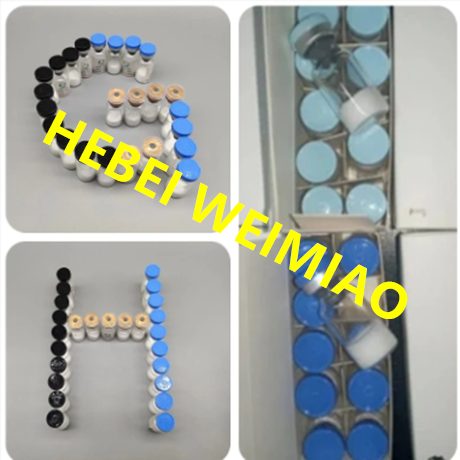
- +86-13363869198
- weimiaohb@126.com

Oct . 16, 2024 06:53 Back to list
Exploring the Molecular Structure and Benefits of Curcumin in Health and Wellness
Understanding the Molecular Structure of Curcumin
Curcumin, a bright yellow compound primarily found in the spice turmeric, has gained significant attention in recent years due to its various bioactive properties. Its molecular structure plays a crucial role in understanding how it functions in biological systems and its potential therapeutic applications.
Chemical Structure of Curcumin
Curcumin is classified as a polyphenolic compound, specifically a diarylheptanoid. The molecular formula of curcumin is C21H20O6, indicating that it consists of 21 carbon atoms, 20 hydrogen atoms, and 6 oxygen atoms. The core structure of curcumin features two aromatic rings connected by a seven-carbon linker, which is responsible for many of its chemical properties.
At the center of curcumin's structure are two phenolic groups—these are organic compounds characterized by a hydroxyl group (-OH) attached to a benzene ring. This biphenolic structure is significant because it contributes to curcumin's antioxidant properties. The presence of the hydroxyl groups allows curcumin to donate electrons and neutralize free radicals, thereby reducing oxidative stress in the body.
Conjugated Double Bonds and Stability
Curcumin possesses several conjugated double bonds within its molecular structure. Conjugation refers to the alternating single and multiple bonds between atoms. These double bonds give curcumin its striking color and contribute to its reactivity. The electron delocalization in conjugated systems stabilizes the molecule and enhances its ability to interact with various biological targets, including enzymes and receptors.
The stability of curcumin's molecular structure is also essential for its therapeutic potential. However, it is worth noting that curcumin has a relatively low bioavailability, meaning that when consumed, only a small fraction of it is effectively absorbed and utilized by the body. This is partly due to its rapid metabolism and degradation in physiological conditions, a challenge that researchers are actively addressing through various formulations and delivery methods.
curcumin molecular structure

Biological Activities and Mechanisms
The unique molecular structure of curcumin allows it to interact with multiple biological pathways. Studies have shown that curcumin exhibits anti-inflammatory, antioxidant, anticancer, and neuroprotective properties. Its ability to modulate various signaling pathways, such as the nuclear factor-kappa B (NF-κB) and mitogen-activated protein kinases (MAPK), highlights its potential as a therapeutic agent in chronic diseases.
For example, curcumin has been shown to inhibit the growth of cancer cells by inducing apoptosis (programmed cell death) and blocking cell proliferation. Furthermore, its anti-inflammatory properties make curcumin a candidate for treating conditions such as arthritis and inflammatory bowel disease. The molecular structure's flexibility allows curcumin to bind to proteins involved in inflammatory processes, thus attenuating the inappropriate immune response.
Potential Enhancements in Bioavailability
Given the challenges associated with curcumin's low bioavailability, researchers are exploring methods to enhance its absorption and efficacy. Techniques such as nanoparticle encapsulation, liposomal formulations, and the use of adjuvants like piperine (found in black pepper) have shown promise in increasing curcumin's bioavailability. These innovations aim to optimize the delivery of curcumin's beneficial properties while ensuring that it remains stable and functional within the body.
Conclusion
The molecular structure of curcumin is pivotal to its effectiveness as a therapeutic agent. Its unique arrangement of atoms allows for a complex set of biological interactions that can lead to significant health benefits. As researchers continue to explore this vibrant compound, understanding its molecular intricacies will be key in unlocking its full potential for health and wellness. In the future, improved formulations may enhance curcumin's absorption and efficacy, paving the way for its widespread use in clinical settings and functional foods. As we continue to delve into the science of curcumin, we may find even greater therapeutic applications for this remarkable compound.
-
Top CAS: 79099-07-3 Factories & Wholesale Supplier from China
NewsJul.30,2025
-
High-Quality GS-441524 for White Liquid Type Factories & Suppliers
NewsJul.29,2025
-
High-Quality Pharmaceutical Intermediates for Sale – Reliable Supply
NewsJul.29,2025
-
High-Quality Pharmaceutical Intermediates for Sale - Reliable Solutions
NewsJul.29,2025
-
High-Quality Pharmaceutical Intermediates Supplier for Global Market
NewsJul.28,2025
-
GS-441524 for White Liquid Type Factories – High Purity & Reliable Supply
NewsJul.28,2025